There can be your advertisement
300x150
Clear on Architecture: 5 Buildings of the Soviet Avant-Garde Era
Totalitarian countries love to assert themselves through massive construction. Administrative buildings here become symbols of an era, much like churches in antiquity and the Middle Ages. Moscow in the 1920s was no exception, although money was scarce at the time, and architecture was dominated by avant-garde, favoring minimalism and modesty.
With Ayrat Bagautdinov, founder of the educational project 'Moscow Through an Engineer's Eyes', we tell and show how this influenced the buildings that officials built 'for themselves'.
Ayrat Bagautdinov
Expert
Engineer-Builder by education, historian and lecturer by calling. Conducts tours, lectures for adults, and engaging classes for children and teenagers.
When: 1923
Built by: Vladimir Tsvetaev
What is here now: Residential building
The first Soviet skyscraper, as it was called in Moscow at the time, was built during the early stages of Lenin's New Economic Policy, so it turned out quite modest in both height and architectural complexity. The skyscraper was supposed to be created by the central tower made of reinforced concrete, designed by engineer Arthur Loleyte.
It was the decoration that made the building famous, which is paradoxical for the avant-garde. The panel on the front wall of the house was created by 'the father' of constructivism in art, Alexander Rodchenko, together with his wife, Varvara Stepanova. Vladimir Mayakovsky became the 'copywriter' with his famous slogan 'Nowhere but in Mosselproy'.
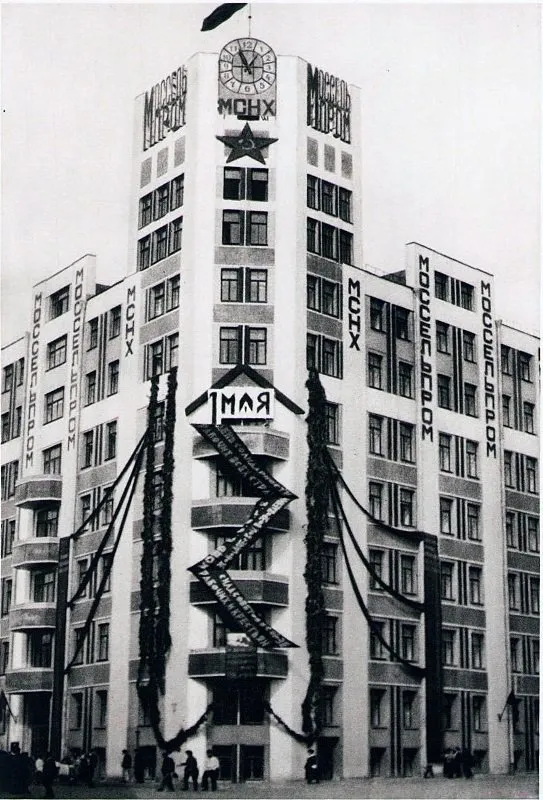


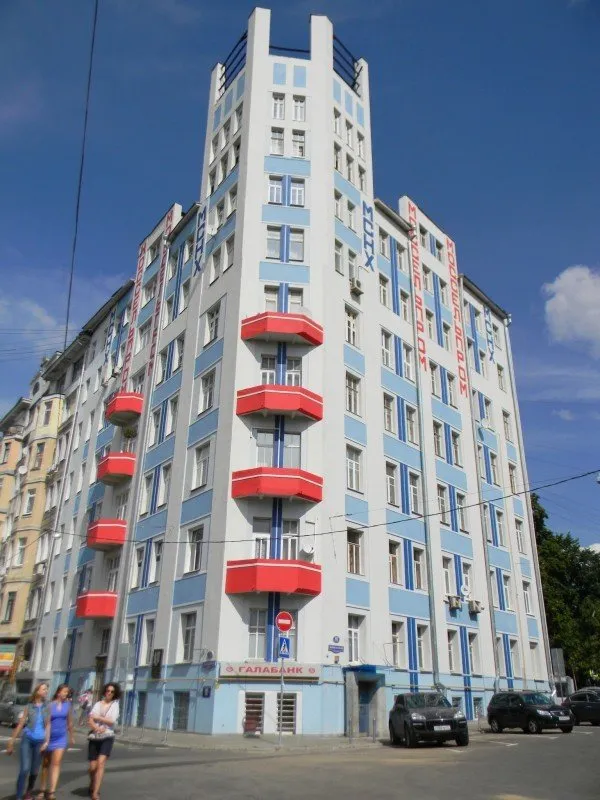

Printing House and Editorial Office of 'Izvestia'
When: 1927
Built by: Grigory Baranin
What is here now: Partially owned by the Federal State Unitary Enterprise, premises are rented out
The building of the main printing organ of the republic - 'Izvestia' of the Central Executive Committee and the All-Union Central Executive Committee of the USSR - didn't quite reach skyscraper status, although such plans were intended. Architect Grigory Baranin (among his works are the pre-revolutionary Pushkin Museum and Borodin Bridge) planned a tower for the printing house, but fell under the 1926 law banning high-rise construction within the Garden Ring.
The reinforced concrete frame for 'Izvestia', as well as for Mosselproy, was designed by Arthur Loleyte. Without the tower, it still looked quite impressive. In addition to the editorial office, a printing house was opened here (still operating today but no longer related to the newspaper 'Izvestia'), so the building is half-industrial.

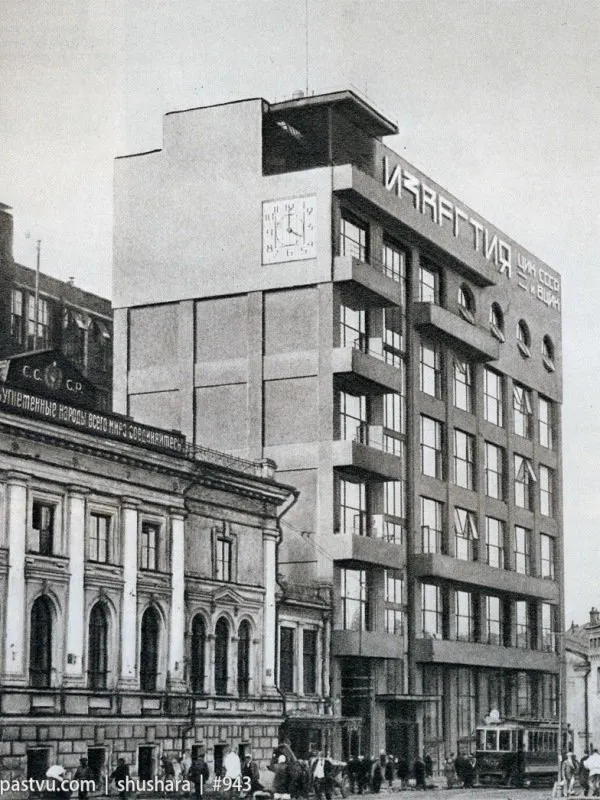
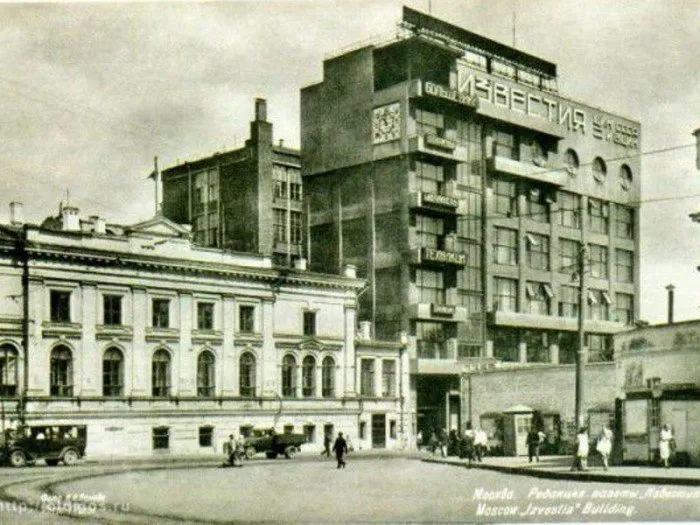
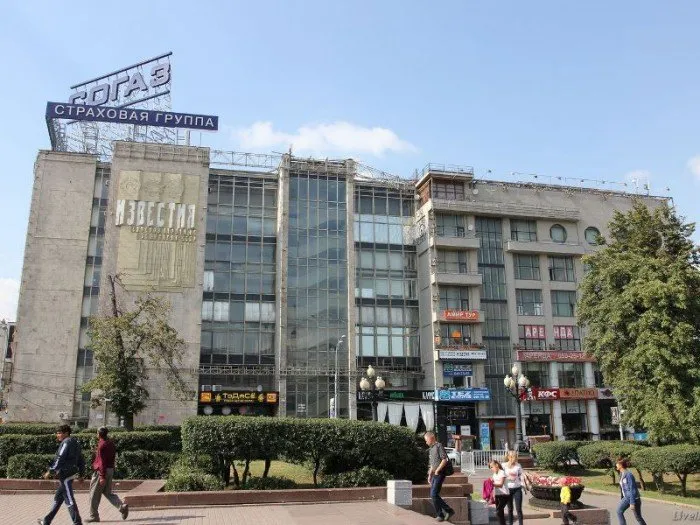

People's Commissariat of Railways
When: 1934
Built by: Ivan Fomin
What is here now: One of the offices of Russian Railways
Not all official offices were built from scratch. The economy of the 1920s was so tight that sometimes avant-garde palaces had to be built on the basis of classical palaces. For example, the People's Commissariat of Railways was built by renovating the Reserve Palace, where in the 18th century food for the imperial table was prepared and stored.
Architect Ivan Fomin changed the baroque beyond recognition: minimalist facades, geometric half-columns, and most importantly, a distinctive tower with a clock, which gave the building of the commissariat the nickname 'the steam engine house' (because it resembled a steam locomotive chimney).
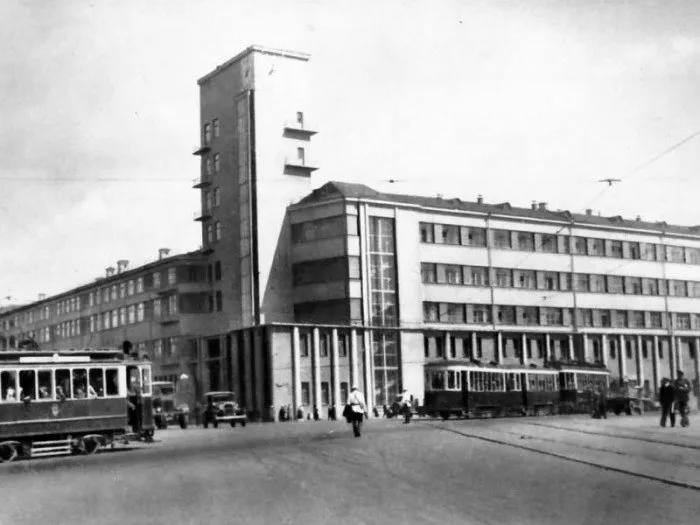
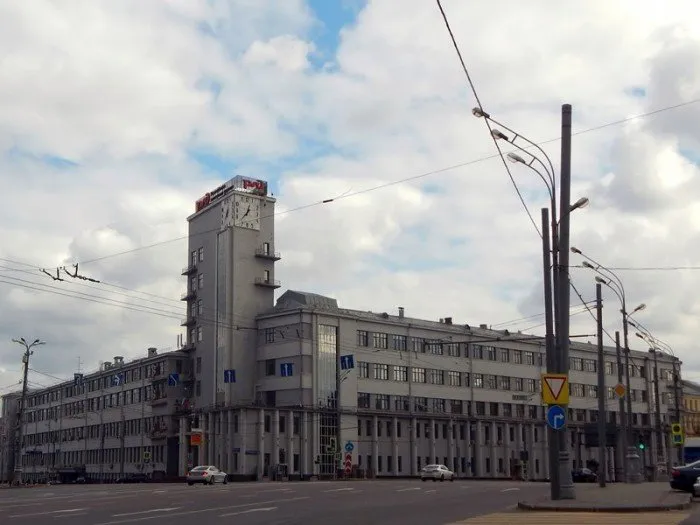

House of Labor and Defense Council
When: 1935
Built by: Arkady Langman
What is here now: State Duma of Russia
This administrative building is still well known today. It was built in the early 1930s, when neoclassicism and art deco replaced the avant-garde, hence rather heavy monumental forms. Despite their contrast to light avant-garde, these forms were well suited to Stalin's elite.
Now here work deputies of the State Duma, and about their move from central Moscow they have announced many times, but it was always postponed. In the near future, the new address of parliament should be Lower Menyovki, but for now it is only in the project stage.
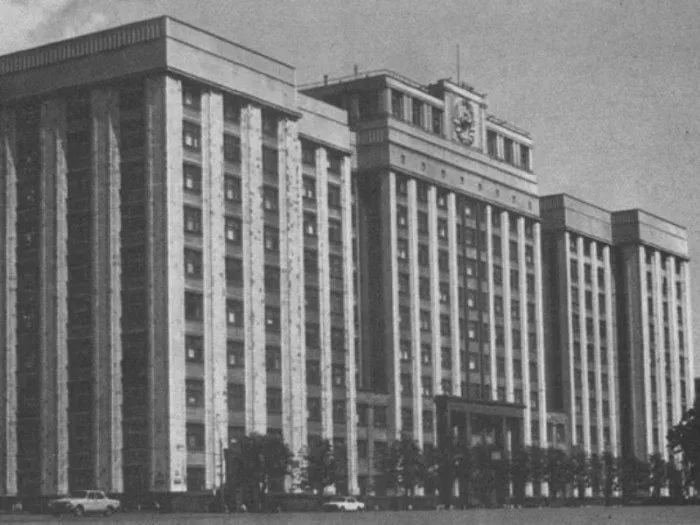

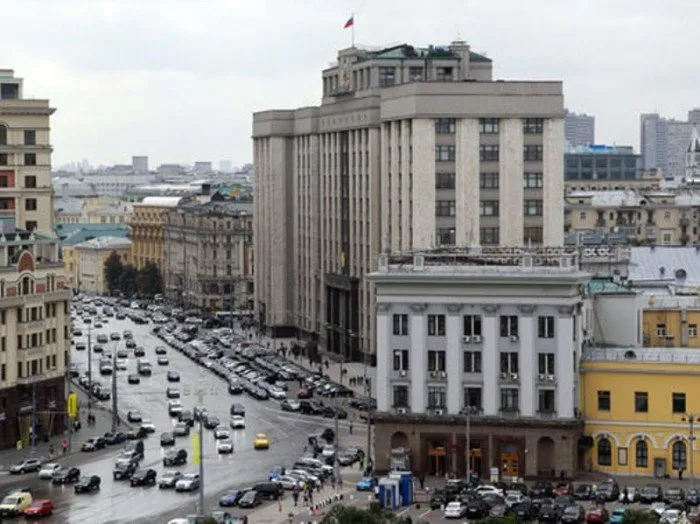
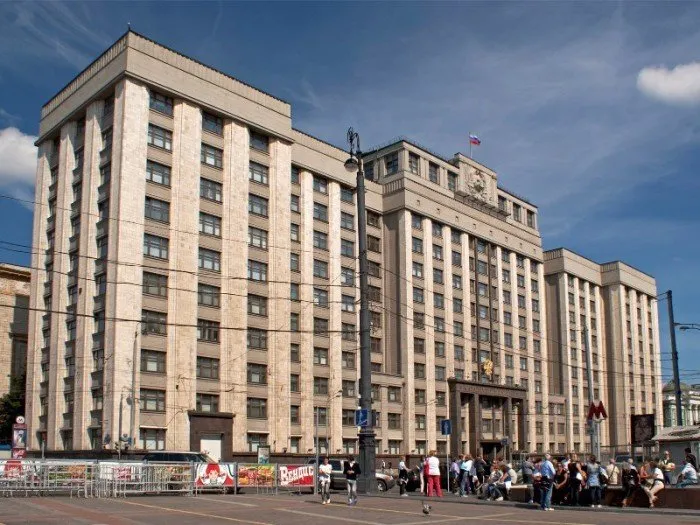
House of the All-Union Central Council
When: 1936
Built by: Le Corbusier
What is here now: Federal State Statistics Service
Perhaps the most elegant administrative building of Soviet Moscow was created by Le Corbusier. The House of the All-Union Central Council became a realization of his principles of modern architecture: a building on columns, free façade, free plan, ribbon windows, and a usable flat roof. Recently, a monument to the French architect was installed in front of the building where the Federal State Statistics Service now operates.

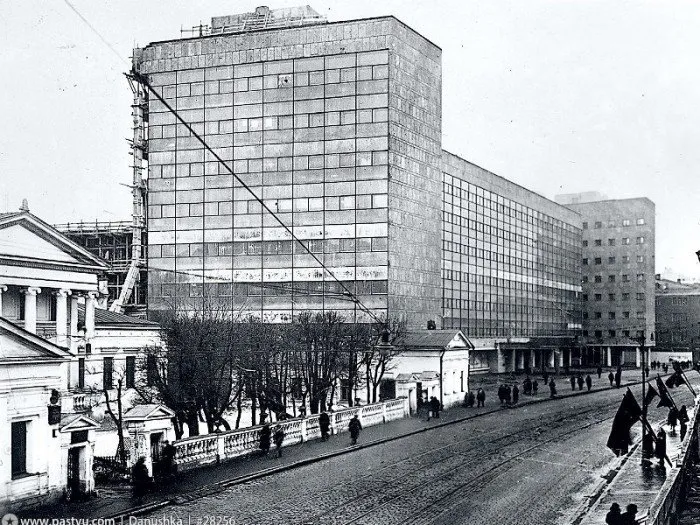
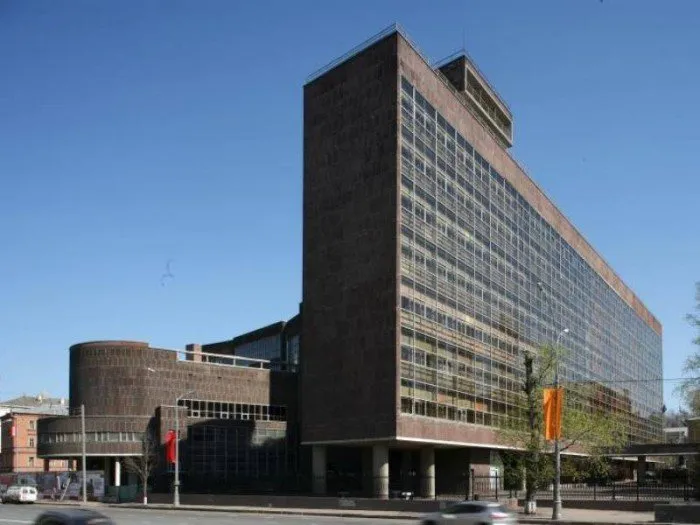

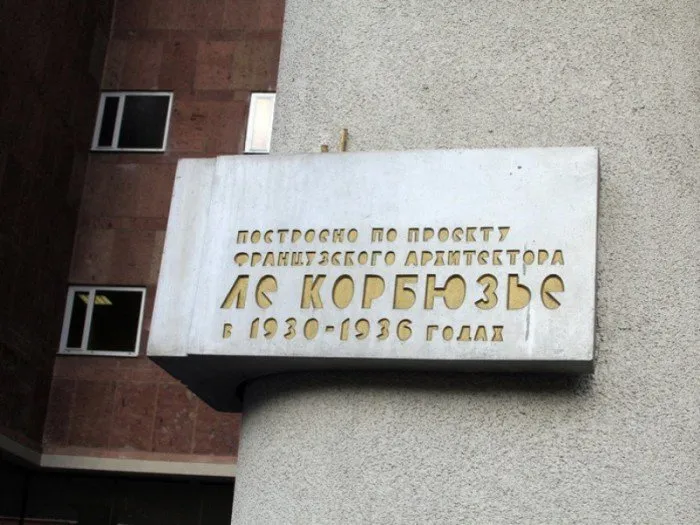

More articles:
 Pros and Cons of Open Storage Systems
Pros and Cons of Open Storage Systems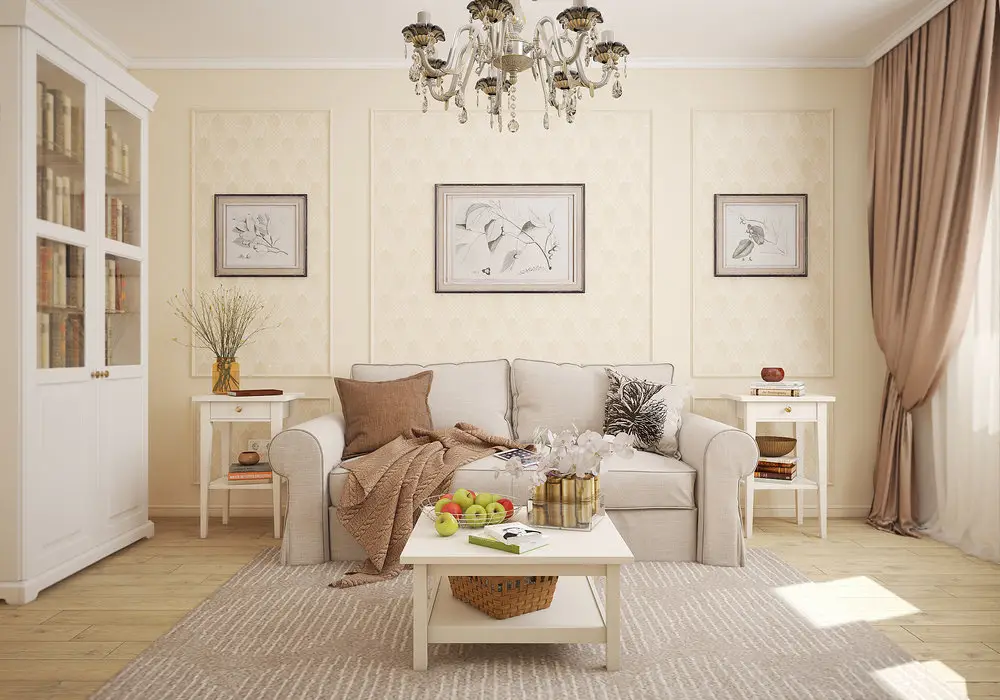 Classic Interior: How to Make It Beautiful and Save Money
Classic Interior: How to Make It Beautiful and Save Money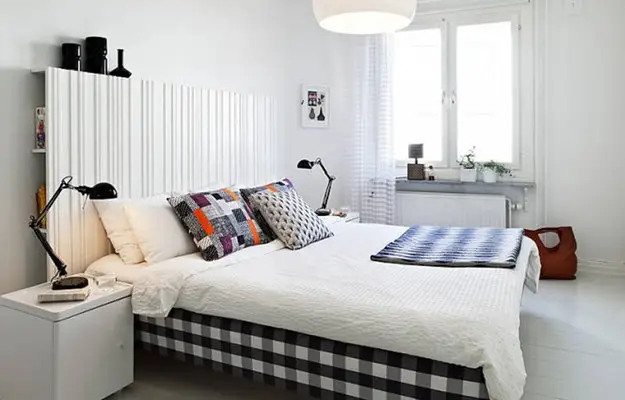 How to Achieve Perfect Order in Just 1 Hour
How to Achieve Perfect Order in Just 1 Hour How to Quickly Fill Your Home with Positive Energy: 5 Feng Shui Tips
How to Quickly Fill Your Home with Positive Energy: 5 Feng Shui Tips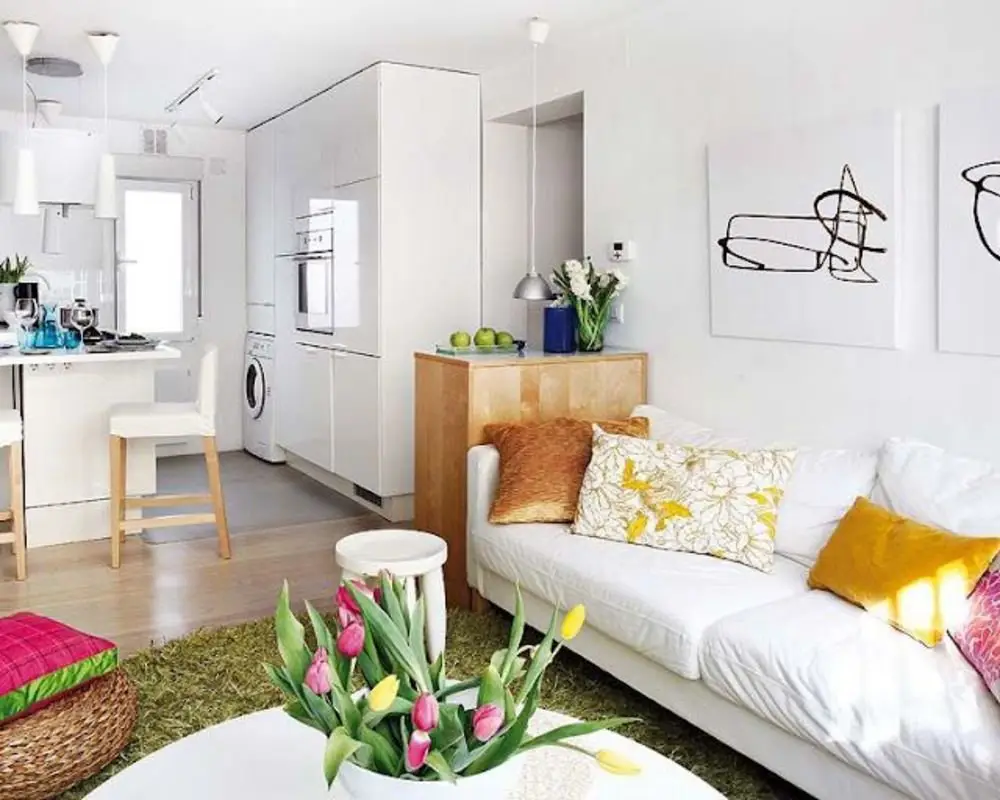 5 Classic Mistakes When Doing Apartment Renovation
5 Classic Mistakes When Doing Apartment Renovation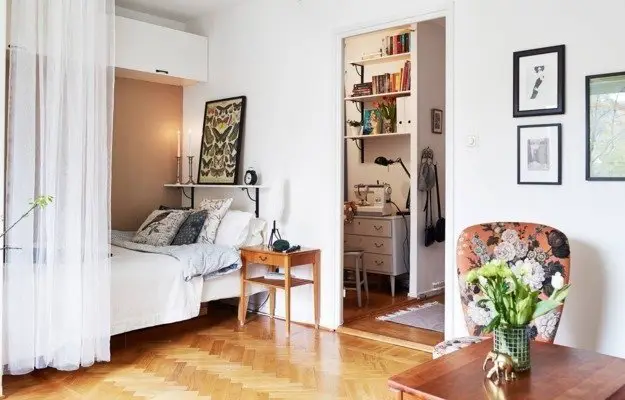 Where to Find and How to Organize Additional Storage Spaces?
Where to Find and How to Organize Additional Storage Spaces? 8 Ways to Refresh Your Interior Without Going to the Store
8 Ways to Refresh Your Interior Without Going to the Store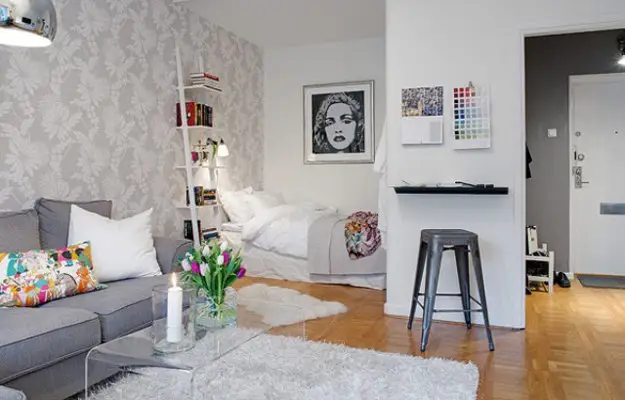 10 Big Mistakes in Decorating Small Spaces
10 Big Mistakes in Decorating Small Spaces